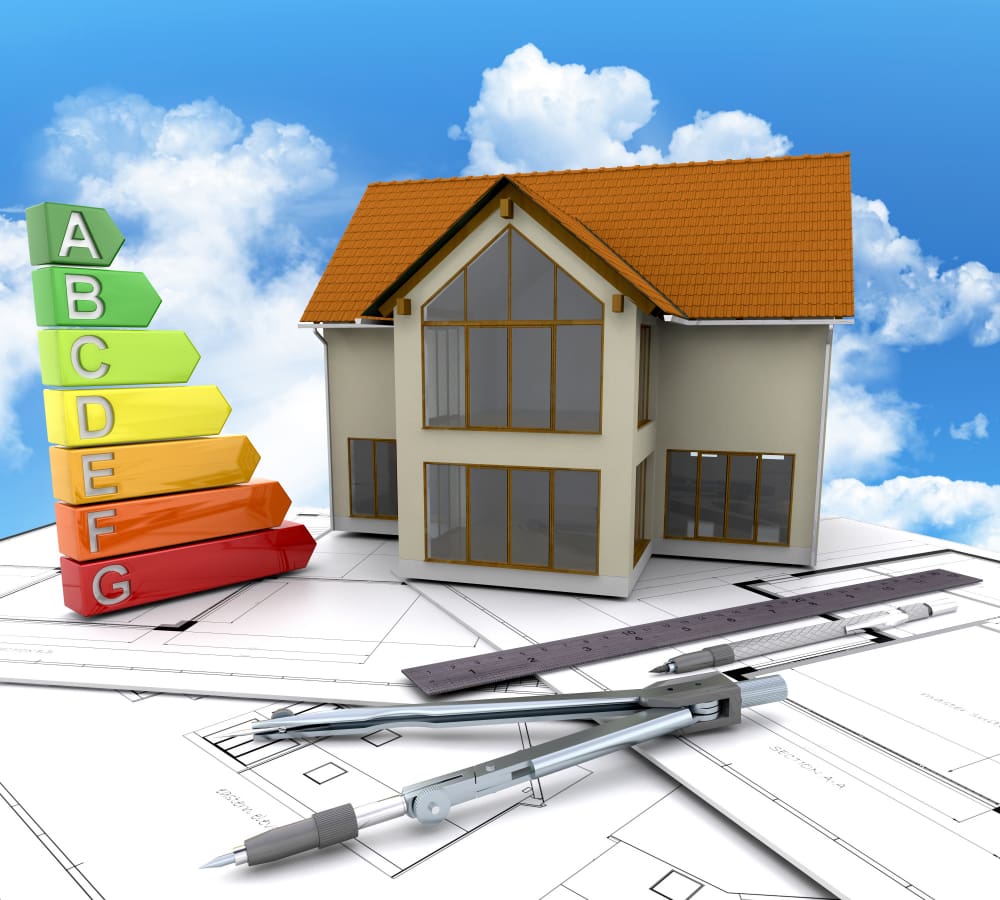
Achieving Maximum Efficiency: The Benefits of Vacuum Glazing for Your Energy-Efficient Double Glazing
Are you looking for ways to make your home energy efficient? Vacuum glazing is an effective and cost-efficient way of […]
Are you looking for ways to make your home energy efficient? Vacuum glazing is an effective and cost-efficient way of improving your home’s energy efficiency. In this blog article, we’ll explore the basics of vacuum glazing, how it works, the benefits it provides, and what to consider when choosing vacuum glazing for your energy efficient double glazing.
What is Vacuum Glazing?
Vacuum glazing is an innovative type of glazing that offers high thermal insulation and is becoming increasingly popular. It consists of two glass panes that are separated by a vacuum and held in place by a mechanical edge-seal and tiny micro-pillars throughout the unit. The vacuum is created by removing the air from between the two panes of glass, leaving a near-perfect vacuum.
How Does Vacuum Glazing Work?
Vacuum glazing works on the principle of reducing heat transfer through convection and conduction. In traditional double-glazed windows, air in the cavity created an insulating layer, but air is a poor insulator and allows heat to escape easily. This was later improved by adding a Nobel gas to the cavity, typically Argon, which is a better insulator and improved the overall unit performance. In both cavity-types, the molecules of gas transfer heat between them and the heat passes gradually across the cavity. In vacuum glazing, the lack of gas molecules between the two panes of glass means that heat cannot transfer in this manner. When it comes to energy efficiency, vacuum glazing is far superior to traditional double glazing.
The two panes of glass are separated by a very thin spacer, which is typically made of metal or glass. The spacer holds the two panes of glass apart and maintains a uniform vacuum gap between them. To prevent the glass from collapsing, the edges of the glass panes are sealed with a hardwearing, mechanical sealant.
Vacuum Glazing vs. Traditional Double Glazing
A vacuum is naturally highly efficient – sound and heat cannot cross a vacuum – even one only a few mm thick as in vacuum glazing. This allows the vacuum glazing to provide superior insulation compared to traditional double glazing.
Vacuum glazing is also more durable than traditional double glazing, as the seals are much more robust – particularly when compared to other ultra slim glazing units. Ultra slim double glazing has been proven to be highly unstable and subject to failure, to the point where some suppliers and manufacturers are facing litigation by trading standards. Vacuum glazing are built to withstand the pressure of the vacuum – meaning the seals on these units last considerably longer than on their standard ultra-slim counterparts. Typical vacuum glazing units have a 15-year warranty, compared to 10-years for typical double glazing, and speculative 12-month warranties on low-sightline thin double glazing.
What are the Advantages of Vacuum Glazing?
- Energy Efficiency: Vacuum glazing is highly energy efficient and can significantly reduce energy costs. It can help to keep the interior of a building warm in winter and cool in summer.
- Sound Insulation: Vacuum glazing can also provide better sound insulation than traditional double-glazing, as it reduces sound transmission through the window.
- Reduced Condensation: Vacuum glazing can also help to reduce condensation on the inside windows compared with single glazing. Condensation may still appear if the humidity is high, but it will almost certainly reduce.
- Durability: Vacuum glazing is also more durable than traditional double-glazed windows due to the mechanical edge seal and the warranties/lifespan are improved accordingly.
- Aesthetics: Vacuum glazing can also provide a sleek, traditional look to buildings, with its ultra-slim profile. This ultra-thin profile makes it perfect for heritage projects where it’s essential to mimic the original single glazed units as closely as possible.
What is the Cost of Vacuum Glazing?
The cost of vacuum glazing will vary depending on the size and type of glass that you choose, as well as the complexity of the installation. The cost of vacuum glazing will be higher than traditional double glazing. However, the long-term energy savings that it provides will help to offset the initial cost.
The mechanical seal and getters inside the unit help to maintain the efficacy of the unit in the long term and there typically isn’t the drop off in performance which is experienced with typical double glazing or triple glazing units; caused by the Nobel gas dissipating from the cavity through the semi-porous edge seal on typical glazing units. In vacuum cavity units the mechanical seal is non-porous and does not allow gas to permeate the cavity.
Specifying vacuum glazing typically has no effect on the installation costs as it requires no specialised equipment and knowledge. It is also important to consider the cost of maintenance when it comes to vacuum glazing. The seal that is created by the vacuum glazing process helps to reduce the replacement cycles and accompanying maintenance, as the seal prevents moisture, dust, and other contaminants from entering the chamber.
Conclusion
Vacuum glazing is an effective and cost-efficient way of improving your home’s energy efficiency. It offers superior insulation compared to traditional double glazing, as well as better sound insulation and durability. When choosing vacuum glazing for your energy efficient double glazing, you should consider the long term savings that you will offset the cost of the initial purchase – especially in the current energy price crisis.
If you are looking for ways to make your home more energy efficient, vacuum glazing is an excellent option. The long-term energy savings that it provides make it an excellent investment for homeowners looking to reduce their energy costs.